Exclusive* Operation Downfall "CONFIDENTIAL" U.S. Aerial Reconnaissance Squadron Photograph - Secret Planning of Operation Coronet

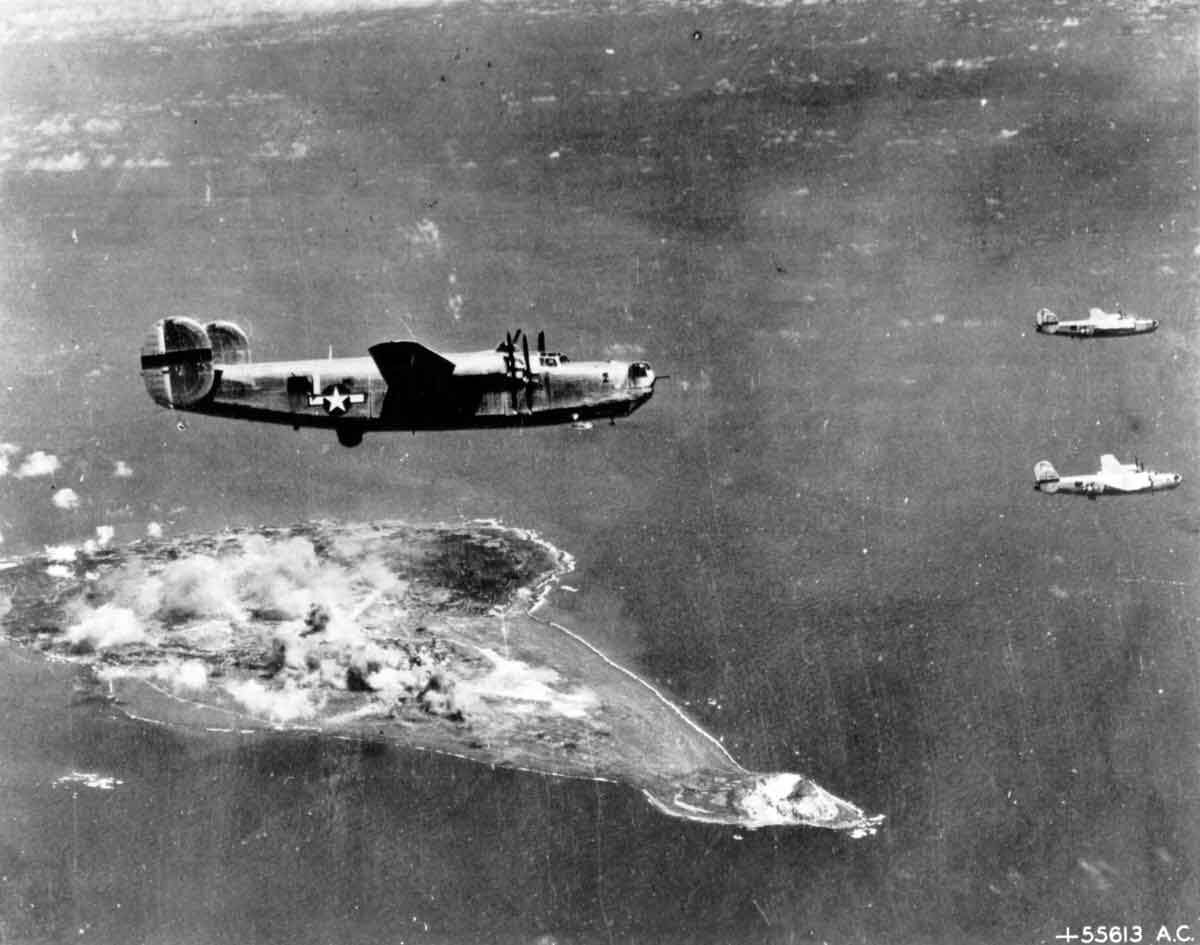
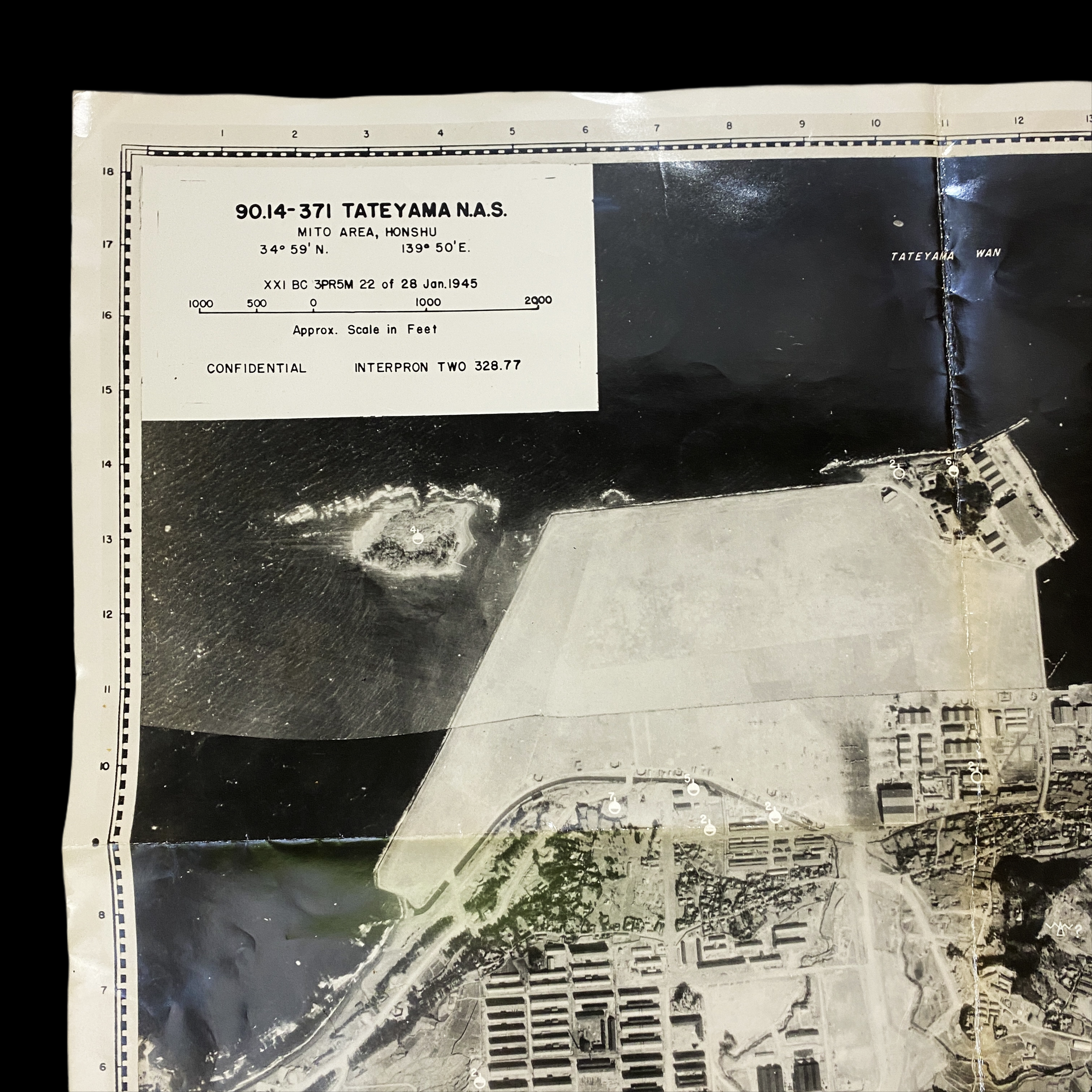
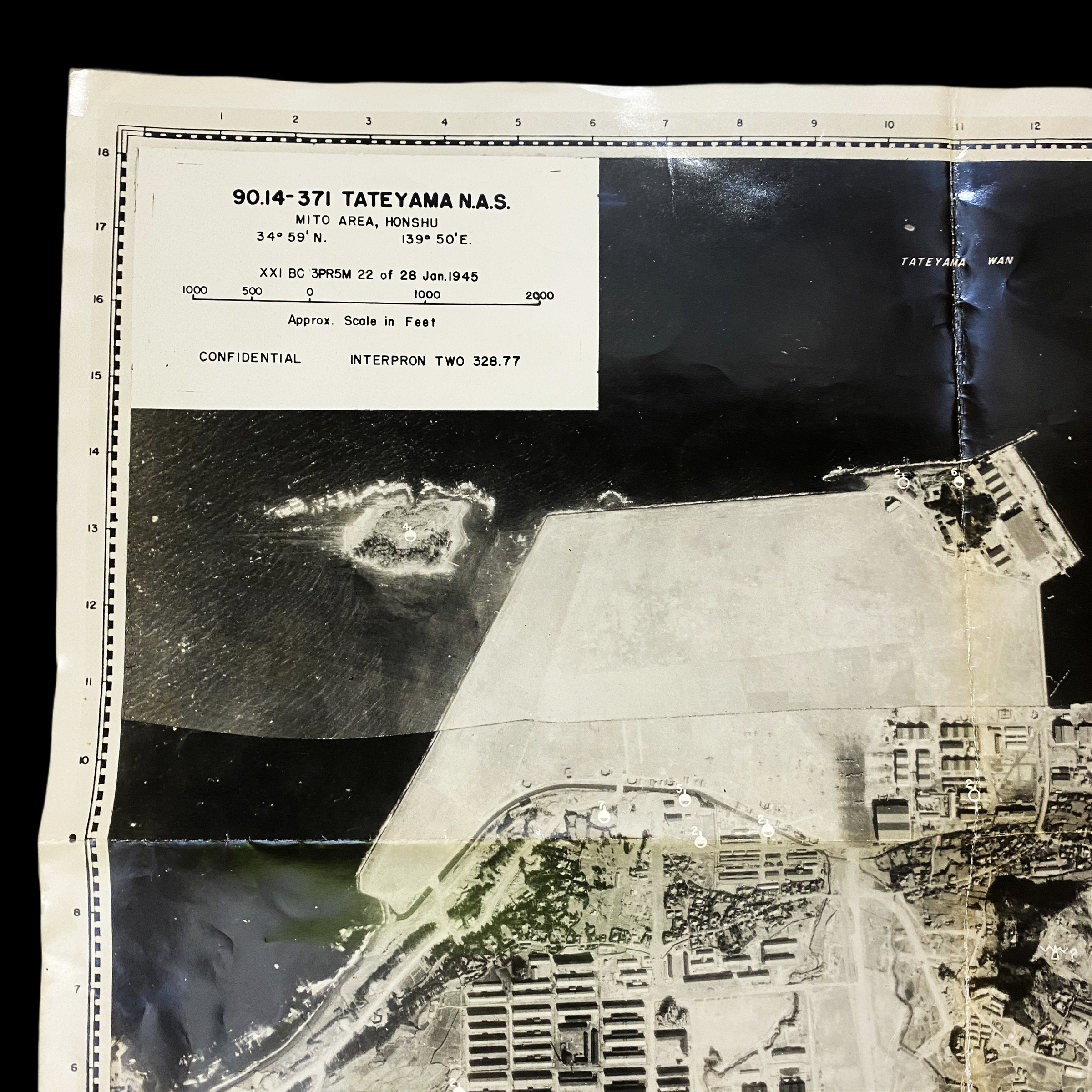





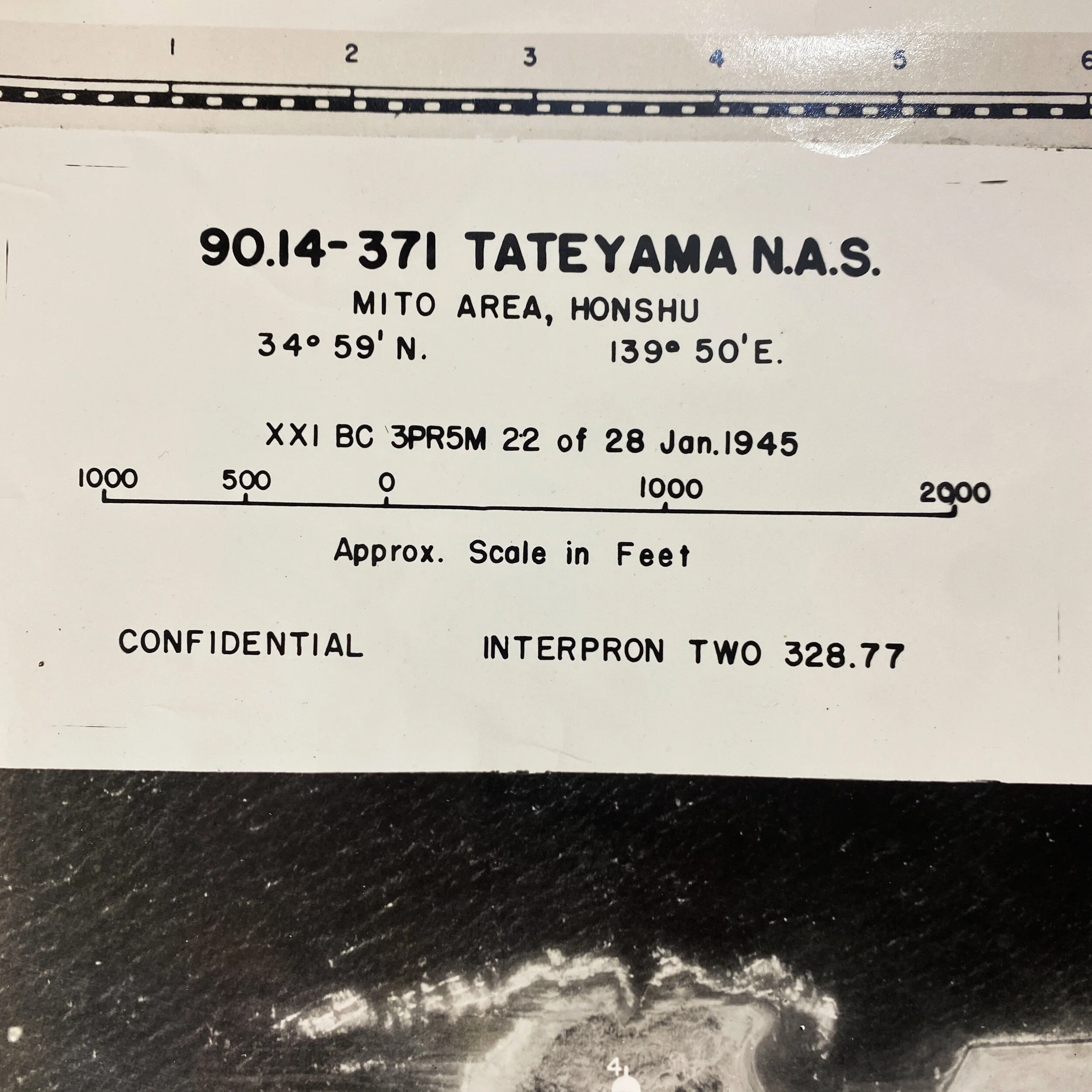
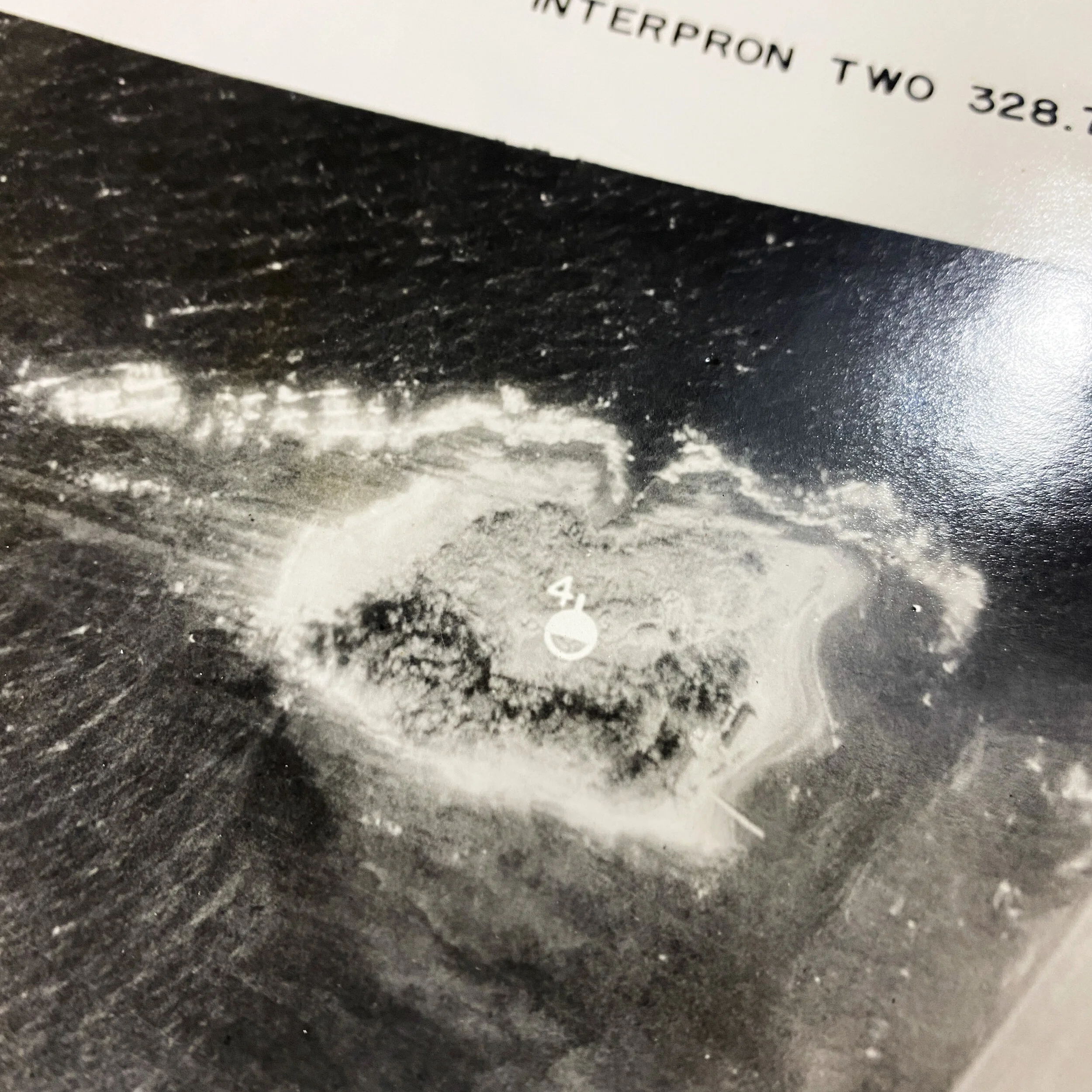

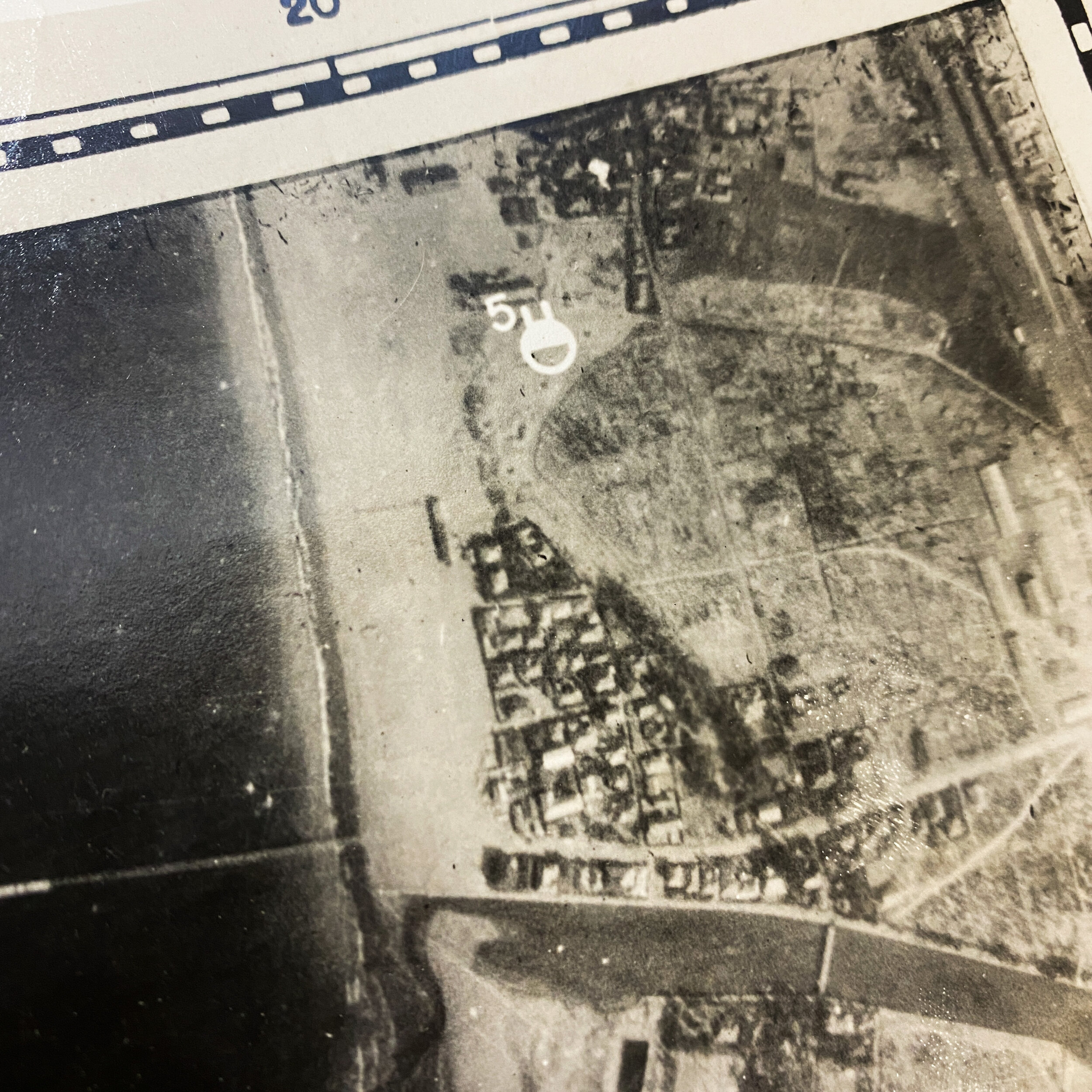



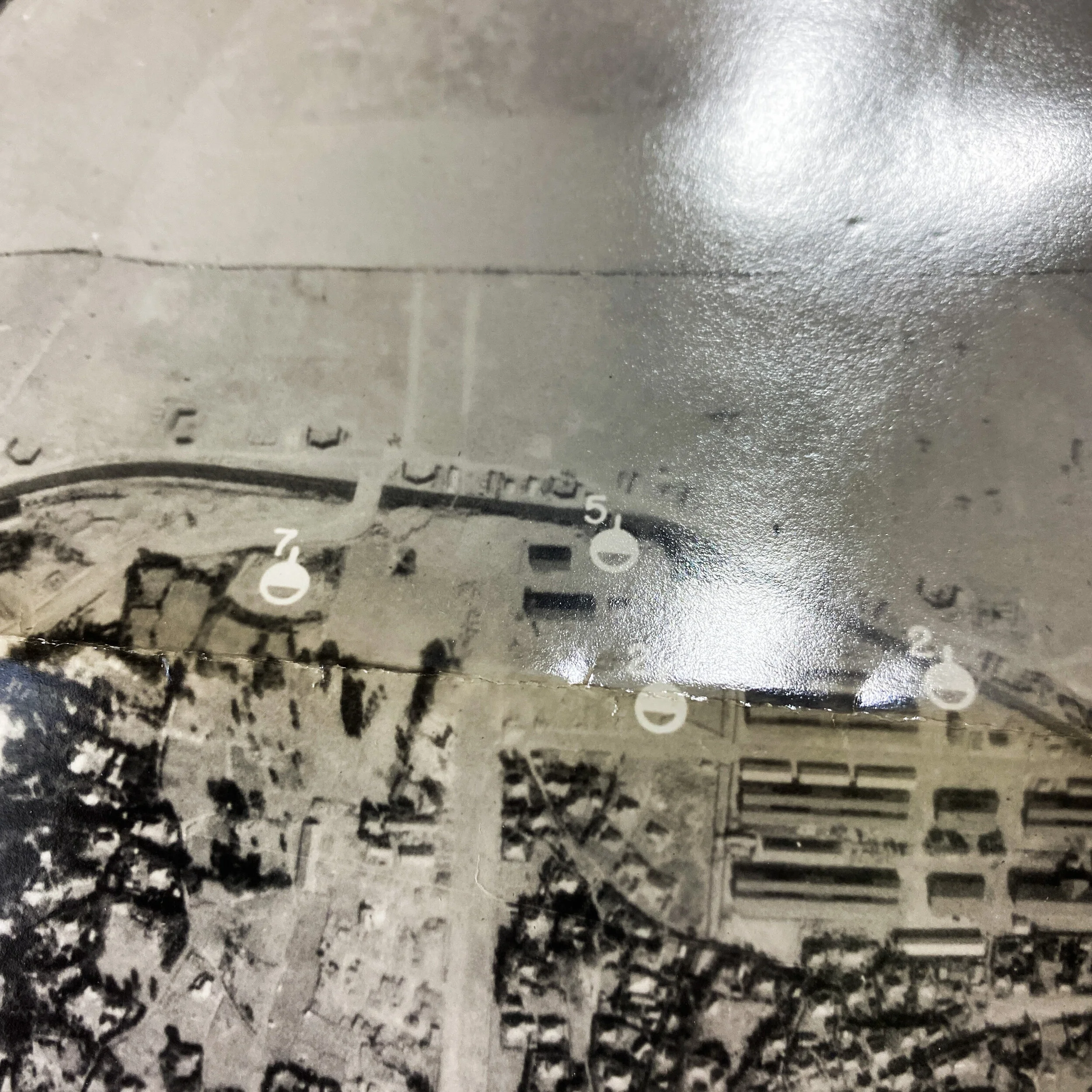

Exclusive* Operation Downfall "CONFIDENTIAL" U.S. Aerial Reconnaissance Squadron Photograph - Secret Planning of Operation Coronet
Size:
This extremely rare “CONFIDENTIAL” marked U.S. aerial reconnaissance photograph is titled “Mito Area, Honshu” and was taken to be utilized in the Allied strategic planning of what would be Operation Downfall. Operation Downfall was the proposed Allied plan for the invasion of the Japanese Home Islands near the end of World War II. The operation had two parts: Operation Olympic and Operation Coronet. Set to begin in November 1945, Operation Olympic was intended to capture the southern third of the southernmost main Japanese island, Kyūshū, with the recently captured island of Okinawa to be used as a staging area. In early 1946 would come Operation Coronet, the planned invasion of the Kantō Plain, near Tokyo, on the main Japanese island of Honshu. Airbases on Kyūshū captured in Operation Olympic would allow land-based air support for Operation Coronet. If Downfall had taken place, it would have been the largest amphibious operation in history. The planned operation was cancelled when Japan surrendered following the atomic bombings of Hiroshima and Nagasaki.
This extremely large aerial photograph was taken by an unknown secret aerial reconnaissance squadron flying over the Japanese occupied and heavily defended island of Honshu. This photograph not only depicts a clear aerial view of the land below, but it is strategically labeled with the exact markings as seen on U.S. target maps representing Japanese pill boxes, observation towers, artillery placements, radio towers, etc. The Japanese defensive positions and markings made on this intelligence photograph show that this aerial photograph was used in the strategic planning of the Japanese port city and would have played a crucial intelligence roll for the United States Navy, Air Corps, and infantry as they invaded the Japanese homeland.
Invasion of the Homeland (and Honushu):
While the war was being fought in the Philippines and Okinawa, plans were ripening rapidly for the largest amphibious operation in the history of warfare. "Downfall," the grand plan for the invasion of Japan, contemplated a gargantuan blow against the islands of Kyushu and Honshu, using the entire available combined resources of the army, navy, and air forces.
The plans for "Downfall" were first developed early in 1945 by the Combined Chiefs of Staff at the Argonaut Conference held on the tiny island of Malta in the Mediterranean. On 9 February, just a few days before the historic Three-Power meeting at Yalta, President Roosevelt and Prime Minister Churchill were informed of the conclusions reached at Argonaut. At that time, the strategic concept of future operations in the Pacific embodied the defeat of Japan within eighteen months after Germany's surrender and included the following series of proposed objectives:
a. Following the Okinawa operation, to seize additional positions to intensify the blockade air bombardment of Japan in order to create a situation favorable to:
b. An assault on Kyushu for the purpose of further reducing Japanese capabilities by containing and destroying major enemy forces and further intensifying the blockade and air bombardment in order to establish a tactical condition favorable to:
c. The decisive invasion of the industrial heart of Japan through the Tokyo Plain.
On 29 March, the U.S. Joint Chiefs of Staff, working on the assumptions that the war in Europe would be over by 1 July 1945 and that the forthcoming Okinawa operation would be concluded by mid-August of 1945, set a tentative schedule for the invasion of Japan. The invasion plan was assigned the cover name "Downfall" and consisted of two main operations: "Olympic," the preliminary assault on the southern island of Kyushu, which was slated for 1 December 1945, and "Coronet," the subsequent landing on Honshu, which was scheduled for 1 March 1946. (Plate No. 112) It was proposed that forces already in the Pacific be used to the fullest extent possible in planning for the assault and follow-up phases of "Olympic." Reserve and follow-up divisions for "Coronet" would be obtained by redeployment, either directly or via the United States, of troops and equipment from the European Theater.
On 3 April 1945, the Joint Chiefs of Staff issued a directive in which General MacArthur was instructed to complete the necessary operations in Luzon and the rest of the Philippines, prepare for the occupation of North Borneo, and "make plans and preparations for the campaign in Japan." The amphibious and aerial phases of the projected Homeland invasion.